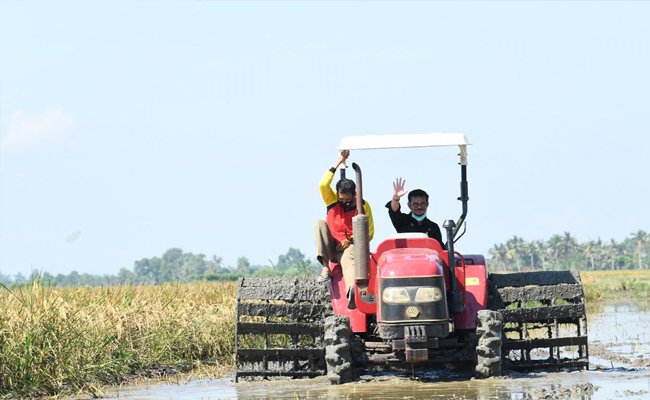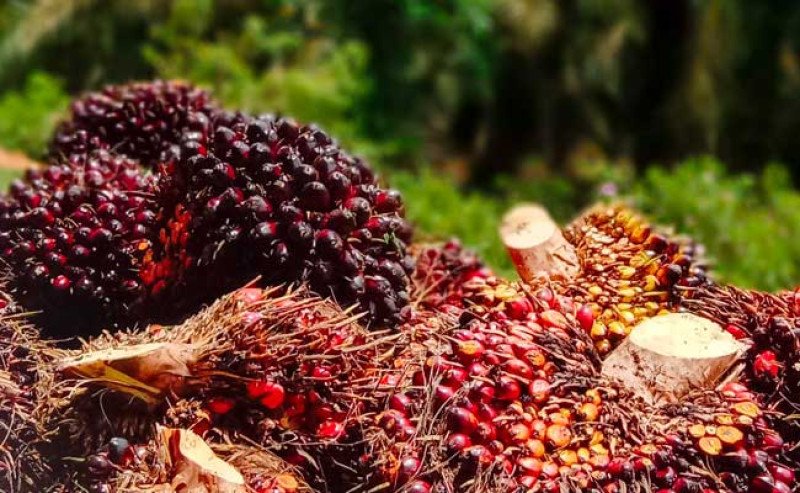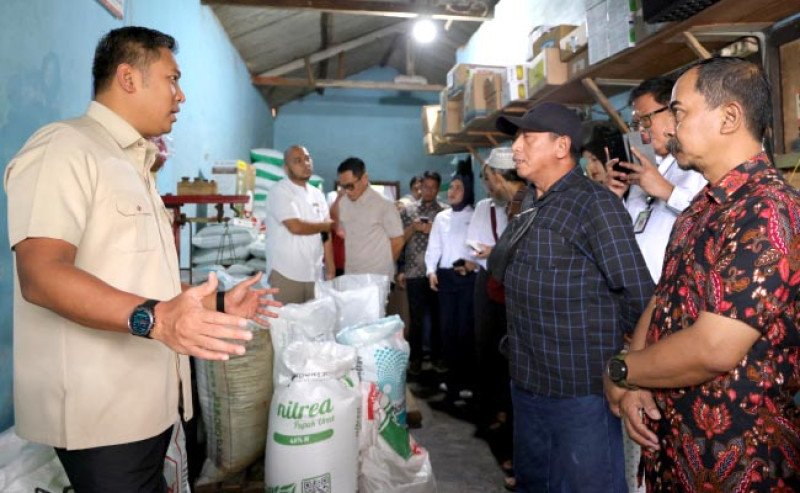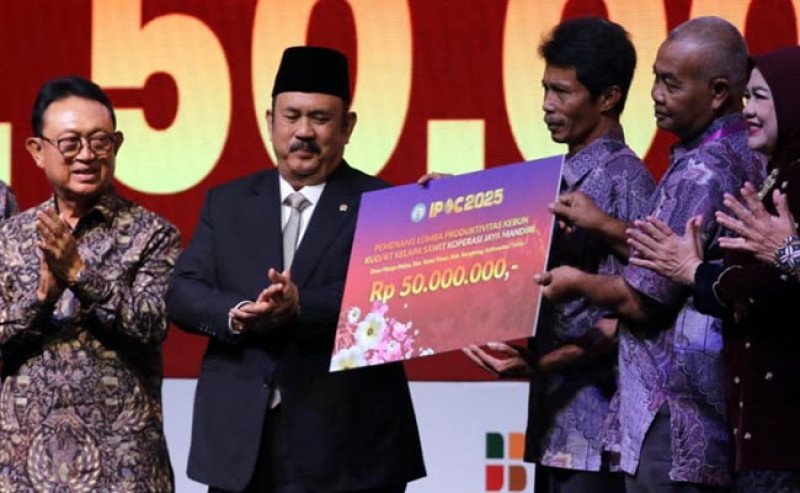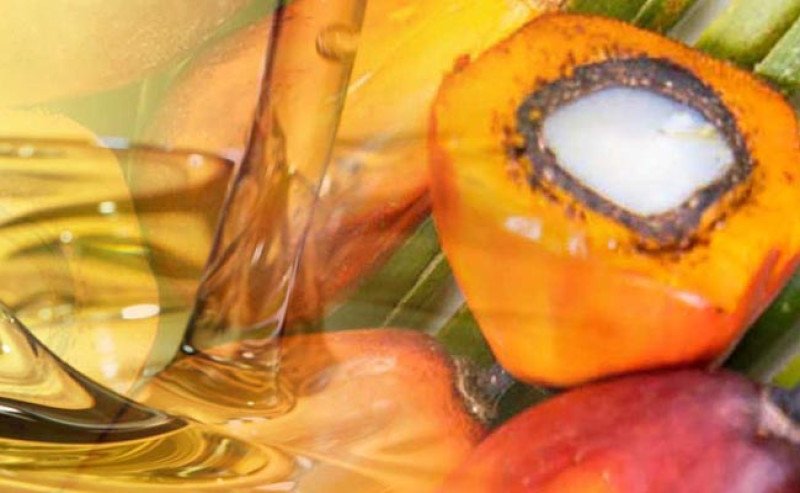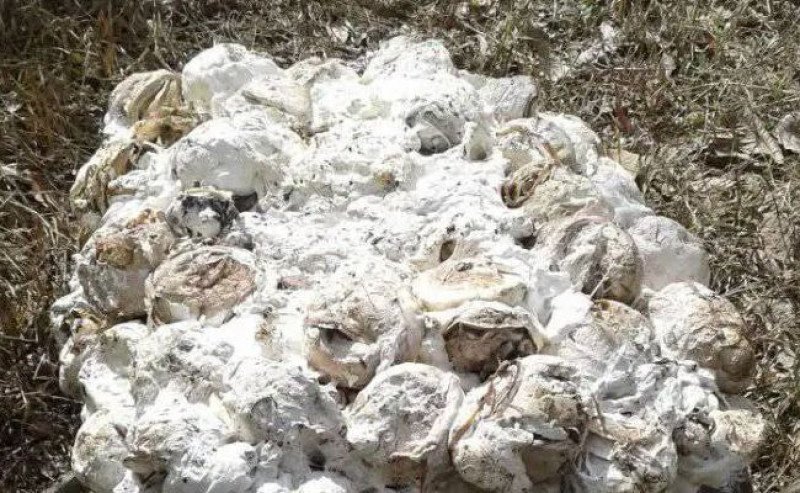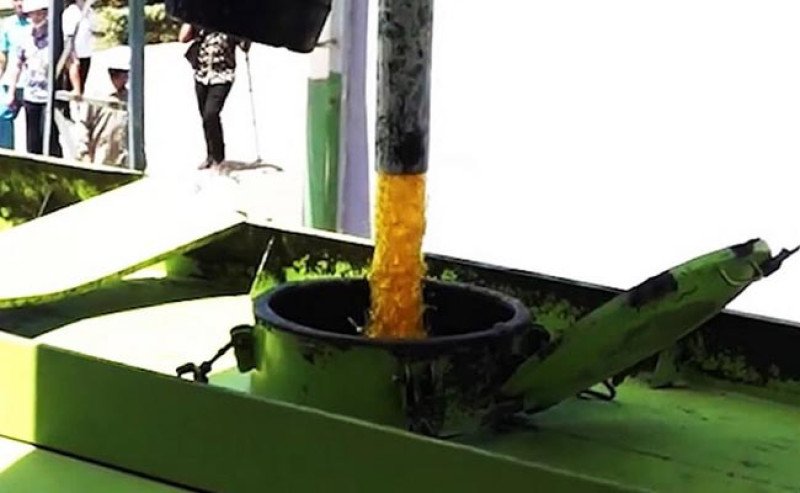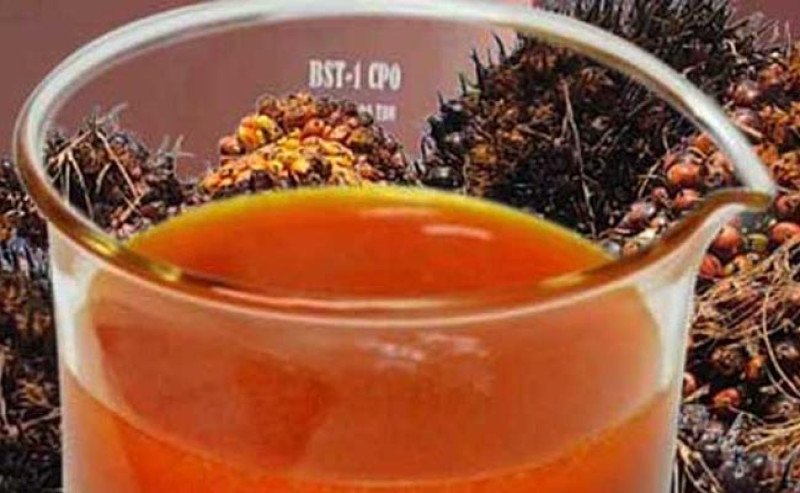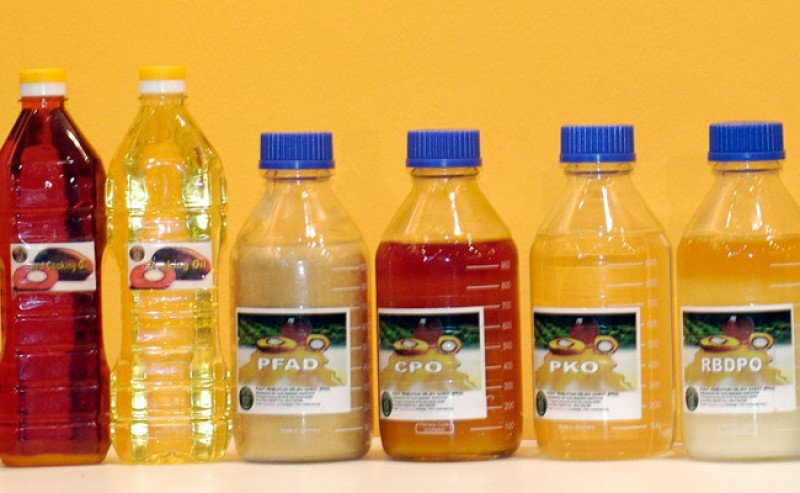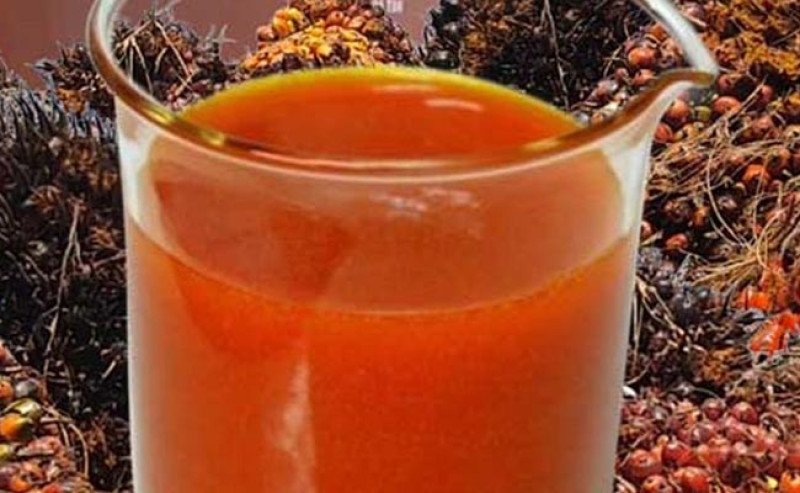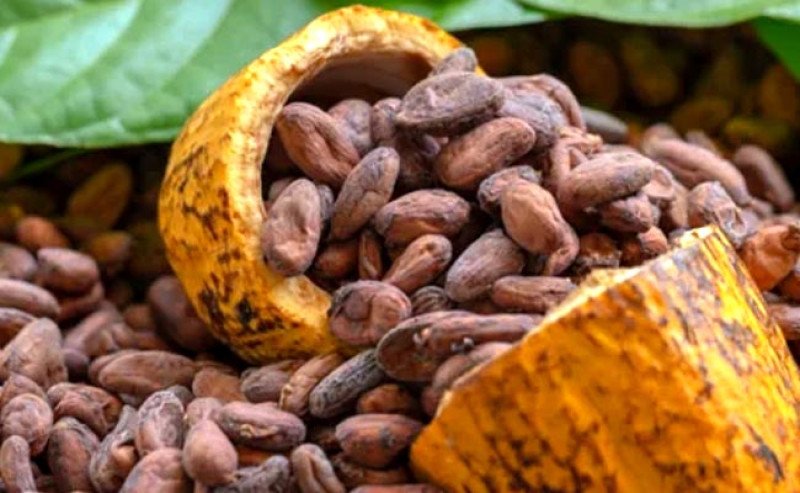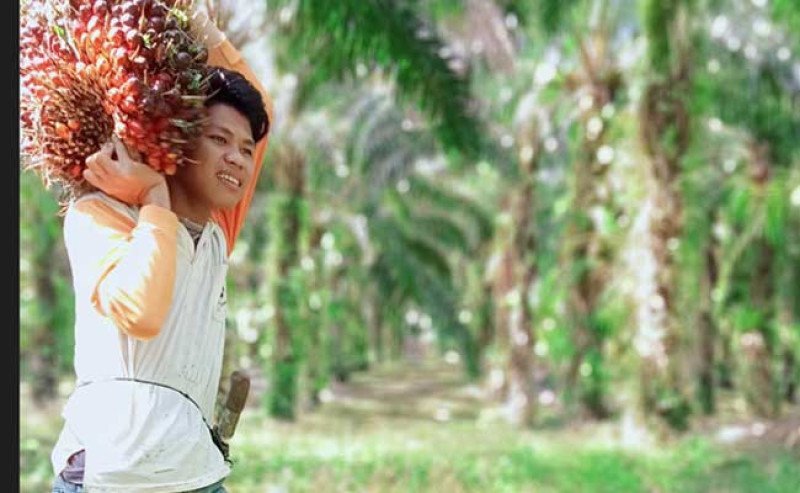Agricom.id, JAKARTA - Ministry of agriculture is optimist to realize Program Gerakan Tiga Kali Eskpor (Gratieks) because there are lots of production and change to do exports.
But the corona virus (Covid-19) pandemic is serious issue to the distribution and storage of the food materials, namely the horticulture products which are perishable. Food diversification and supply chain digitalization are the keys to develop the durability and efficient supply chain of horticulture products to be competitive with other countries.
“We need to handle and manage the post-harvest process of the horticulture in better, hygienic ways to guarantee the fresh products so that they could compete more advanced. One policy from ministry of agriculture is the development of cold chain. The budget has been given and there would be procurement of 40 units of CAC (Control Atmosphere Cold Storage),” Director of Horticulture Result Marketing and Process, Ministry of Agriculture, Bambang Sugiharto said, in the online discussion about Diskusi PanganTalk#3, Saturday (20/6/2020).
He said that in the geographic, Indonesia is lucky for being in the tropical regions and could produce the abundant horticulture products. Indonesia is known as the third biggest producer of fruit and vegetable in the world.
But the challenge is the shrinking of the horticulture products is about 50% in average after being harvested. This would influence the margin and the buying of the consumers. But he proposed the solution.
“The strategy is the cold chain. This is significant to maintain the quality of horticulture products. Besides we have run some programs,” he said, as in the official written statement to Agricom.id.
The first is to develop the post-harvest complete by the infrastructures, such as, baskets, pre-cooling, scale, storage infrastructure and transportation.
The second is to revitalize the agribusiness sub - terminal through the cold storage, packaging infrastructure, online marketing, and transportation within cooling system.
“The last is to optimize the farmers’ market within complete cold storage, showcase, and online marketing,” he explained.
Just like what Bambang mentioned, Muhammad Makky, Chairman of LPPM and Lecture of Agriculture Technic, Universitas Andalas thought that the cold chain for the horticulture products might make the storage longer and could minimize the economic value loss of the products.
The challenge is the management of the temperature of the products from the areas until they are bought by the consumers, namely after being harvested.
“The cold chains are in big traders, wholesalers, exporters, and agents. The horticulture producers are mostly in small scales and they do not have financial ability to implement the cold chain,” he said.
In the technic aspect, it needs to do cold process and the temperature fast, namely when the transportation is not standard yet. If not, this would decrease the quality of the products and could not compete because of the expensive storage costs.
“This could be solved by deep freeze technology because it has mainstay from the cost and temperature quality of the storage. There are two major things to do, the first is that cold storage should be able to maintain the better quality of the products, and the second is that it should have digital chain which means, the quality, the time, and the distribution could be traced,” he said.
Cold Chain is Important for the Horticulture Products
Bugie Pudjotomo of Asosiasi Rantai Pendingin Indonesia thought that the cold chain for the horticulture products could minimize the potential loss, loss of weight, and quality when being storage and other aspects.
“It should start from the increasing fresh quality, supply stability, the farmers’ bargaining offers, and distribution expansion,” he said.
In the previous, General Director of Horticulture, Ministry of Agriculture, Prihasto Setyanto in some chance said that based on what Minister of Agriculture, Syahrul Yasin Limpo told, it needs to increase the post-harvest quality, the marketing. His side has run five strategies.
“The first is to increase the trade diplomacy, promotion, investment, and export. The second is to increase the certification of Good Agricultural Practice (GAP). The third is to implement the Good Handling Practices (GHP), and organic. The fourth is to develop the partnership in business, and the fifth is to increase the area registration and packing houses,” Anton, his familiar name, said.
By the cold chain, ministry of agriculture believed that the quality of the horticulture products could be better, compete with others, and increase the exports.
The webinar PanganTalk#3 proposed by Pangan Institute.id was joined by General Director of Horticulture Result Marketing and Process; Asosiasi Rantai Pendingin Indonesia ASHARE Indonesia Chapter; Secretary of LPPM Universitas Andalas; from BPTP Jambi; BPTP West Kalimantan; BPTP Bengkulu, Agroindustrial Technology, Department of UISI; Metro Fishery and Agriculture Food Security Agency, Lampung Province; Dinas TPHP Central Kalimantan; analysis of PMHP, Food Security Agency of Lampung Province; Dispang dan Horti of East Kalimantan; General Directorate of PKH, Ministry of Agriculture; BUTTMKP of Bekasi, Stiper Dharma Wacana Metro Lampung; Universitas Semarang, BBPPMBTPH, and the academy. (A2)
